Currently, the Plant Protection Application Ordinance and an Insect Protection Act are being discussed at federal level as part of the "Insect Protection Action Program". As the network of asparagus and berry associations sees a great need for action here in order to continue asparagus and berry production in protected areas, the network has sent a statement to the Federal Minister for the Environment, Svenja Schulze, as well as the results of a current survey on the affectedness and effects, in which 100 of around 1000 farms written to participated from December 2 to 8, 2020.
"Without specialty crops, there is less nature. That's what's special about it compared to other large-scale crops. Flowers of berry and of asparagus plants provide an important food supply for insects, which is shown in different studies. A shift of the cultivation area into unsuitable areas or even abroad is certainly not in the sense of the nature protection with the view of regionally produced food," says Simon Schumacher, for the network of the asparagus and berry federations as well as executive committee speaker of the federation of South German asparagus and strawberry farmers registered association. (VSSE).
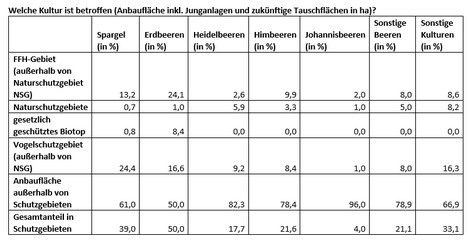
The results of the survey speak for themselves: the affected asparagus farms that participated in the survey have an average of 39% of their cultivated areas in protected areas, and for strawberry farms it is as much as 50%.
If the use of crop protection products is banned in protected areas, asparagus farms expect yield losses of around 27% and strawberry farms 20%. 77 % of the participants surveyed stated that they would not have sufficient and suitable replacement land if production in protected areas were no longer possible. For some farms, the loss of acreage in protected areas would threaten their existence. According to the survey, a total of 2700 jobs are at stake.
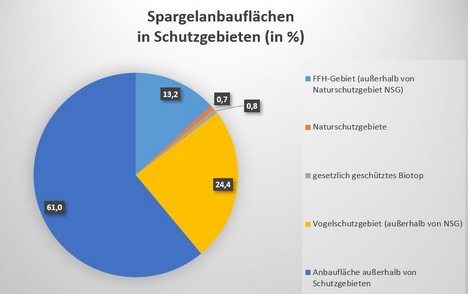 The asparagus farms and participants of this survey state that almost 40% of the asparagus areas are located in protected areas.
The asparagus farms and participants of this survey state that almost 40% of the asparagus areas are located in protected areas.
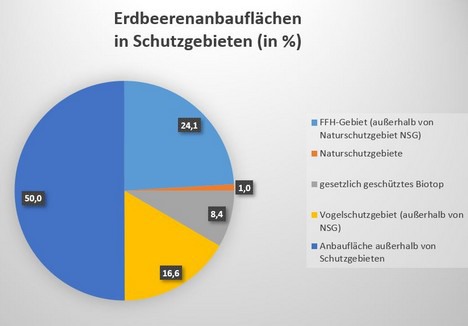 The strawberry farms and participants of this survey state that 50% of the strawberry areas are located in protected areas.
The strawberry farms and participants of this survey state that 50% of the strawberry areas are located in protected areas.
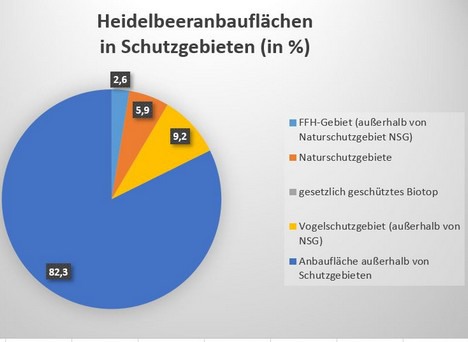 The blueberry farms and participants of this survey indicate that almost 18% of the blueberry areas are located in protected areas.
The blueberry farms and participants of this survey indicate that almost 18% of the blueberry areas are located in protected areas.
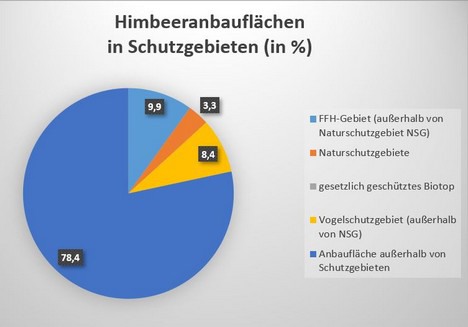 The raspberry farms and participants of this survey indicate that almost 22% of the raspberry areas are located in protected areas.
The raspberry farms and participants of this survey indicate that almost 22% of the raspberry areas are located in protected areas.
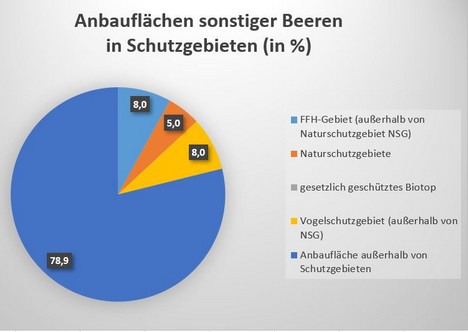 The 'other' berry farms and participants of this survey indicate that almost 22% of the berry fruit areas are located in protected areas.
The 'other' berry farms and participants of this survey indicate that almost 22% of the berry fruit areas are located in protected areas.
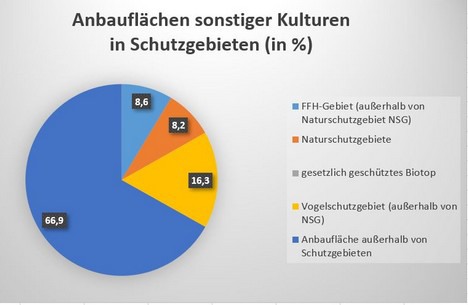 The participants of this survey indicate that 33% of the other areas are located in protected areas.
The participants of this survey indicate that 33% of the other areas are located in protected areas.
What consequences do you expect from a ban on the use of plant protection products in %?
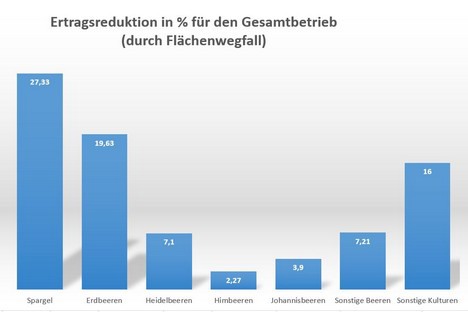 The participants in this survey indicate that the yields of asparagus would be reduced on average by about 27% and of strawberries by about 20%.
The participants in this survey indicate that the yields of asparagus would be reduced on average by about 27% and of strawberries by about 20%.
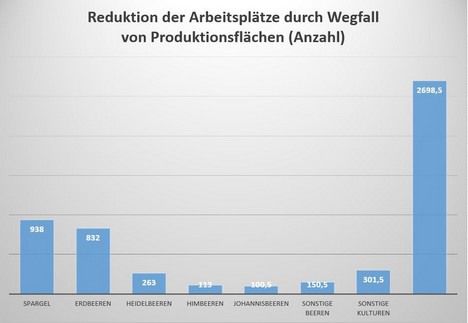 Participants in this survey indicate that approximately 2700 jobs would be lost in asparagus and strawberry production.
Participants in this survey indicate that approximately 2700 jobs would be lost in asparagus and strawberry production.
Is there sufficient and suitable replacement land available should production in protected areas no longer be possible?
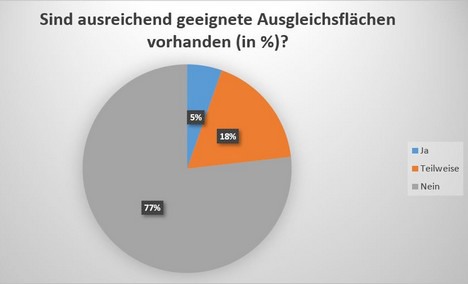 77 % of the participants in this survey state that they, sufficient suitable compensatory areas are not available. 18 % can partially compensate them, with an average of 49 %.
77 % of the participants in this survey state that they, sufficient suitable compensatory areas are not available. 18 % can partially compensate them, with an average of 49 %.










